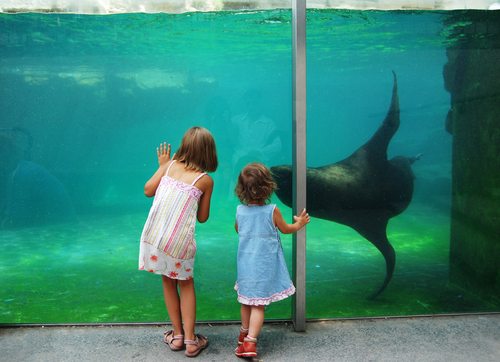
JaySi / Shutterstock.com
August 26, 2012; Source: New York Times
Many nonprofits are specifically focused on educating the public about climate change and environmental stewardship, but in terms of “teachable moments” in these areas, zoos and aquariums may be among the best positioned to deliver the message about dangers to our planet. As reported in the New York Times, “Surveys show that American zoos and aquariums enjoy a high level of public trust and are ideally positioned to teach.” That would seem to make these venues an ideal place to encourage action that would help preserve and protect our environment, but there is one problem: people tend to view a trip to the zoo or aquarium as a fun excursion, and this has left some hesitant to tackle such weighty matters as Earth’s future.
Sign up for our free newsletters
Subscribe to NPQ's newsletters to have our top stories delivered directly to your inbox.
By signing up, you agree to our privacy policy and terms of use, and to receive messages from NPQ and our partners.
“You don’t want them walking away saying, ‘I paid to get in, I bought my kid a hot dog, I just want to show my kid a fish—and you are making me feel bad about climate change,” says Association of Zoos and Aquariums (AZA) Vice President for Conservation and Education Paul Boyle.
In 2008, a coalition of aquariums received a $1 million grant from the National Science Foundation to train staff on addressing the issue without turning people away, and Boyle says that most of the AZA’s 224 member organizations currently communicate information about climate change in one way or another. Research has found that it is helpful to emphasize positive actions that individuals can take to help rather than just focusing on the enormity of the problem.
Many zoos and aquariums are structured as nonprofits with a mission emphasizing their educational nature. However, many zoo and aquarium attendees view a trip to these venues less as an educational outing and more as a chance for entertainment. Even if it defies attendees’ expectations, don’t tax-exempt zoos and aquariums have an educational responsibility to address major forces, like climate change, that are shaping our ecosystems? –Mike Keefe-Feldman













